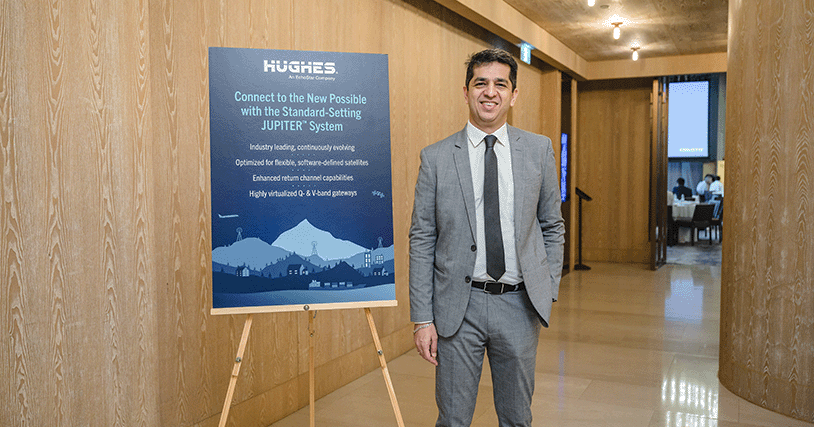Insights on the Asia Pacific Market and Satellite Ground Systems Innovation

The Asia Tech x Singapore event last month was a wonderful opportunity to meet and reconnect with so many industry colleagues in person after nearly two and half years of virtual events. Over the course of multiple satellite and technology events throughout the week, similar themes emerged – multi orbit solutions, flexible satellites, capacity demand, GEO vs. NGSO, and how to bridge the digital divide. Here are my top five insights from the event:
- Many areas still lack capacity. Today, there are still areas of the market that lack sufficient satellite capacity. One reason is the sizable population in the region. Data consumption is significant when you consider the potential number of connected devices and the demands of bandwidth intensive applications—especially video. And it's not necessarily only in rural areas, there are many gaps in non-rural areas for the same reasons.
- A supply shortage exists. While there is market demand for capacity, there is also a supply shortage which has created a unique situation for the Asia Pacific market. Locations that have capacity are in a good position; those without will have to wait until more satellites and services launch.
- Opportunities abound. Given the market demand and supply shortage, there are a lot of great opportunities. We're starting to see launches taking place and, into 2023, there will be many more satellites lined up to bring capacity into the region. For the next few years, as high throughput satellite capacity increases with the launches of Nusantara Lima, Measat 3D, DFH-3E, Apstar-6E and others, we’ll see the next wave of growth in the region.
- Governments drove recent demand and will continue to be the dominant spender. Through the pandemic, the governments in the region spent a significant amount of money on digital divide programs. They used satellite to connect clinics and schools, and LTE backhaul to get internet to people in remote areas. You can’t live without internet today, and in a pandemic, it’s even harder to keep a rural economy going without it. Government intervention was critical for providing internet access so people could work and go to school.
Because enterprises and industry suffered during the pandemic, we can expect their appetite to put money into big programs will be subdued for a while. In the meantime, digital divide programs will continue to be funded and supported by governments. - The future is in hybrid networks. I’m excited about the fact that not only are we getting high throughput satellites coming online, but we also have LEO (Low Earth Orbit) constellations launching such as with our partner, OneWeb. The future is in having hybrid networks, where if you want capacity at a very good price that's going to come from geostationary (GEO) satellites. But if you want low latency, that’ll come from NGSO systems or LTE. With our ActiveComms Ecosystem, or “ACE” approach to networking solutions, Hughes has the ability to integrate multi-orbit, multi-transport networks for telcos and governments that will help enable ubiquitous connectivity. Our JUPITER™ high throughput satellite ground system is a key enabler in bringing this capability to our customers. With hybrid networks, satellite operators will have greater flexibility to figure out where the markets are and to go meet that demand.
With digital inclusion a high priority across the Asia Pacific region, it’s going to be an exciting time for the satellite industry as we enable millions more to get the connectivity they want and need.
For more of my takeaways from the event, watch my conversation with Laurence Russell of Satellite Evolution Group here.